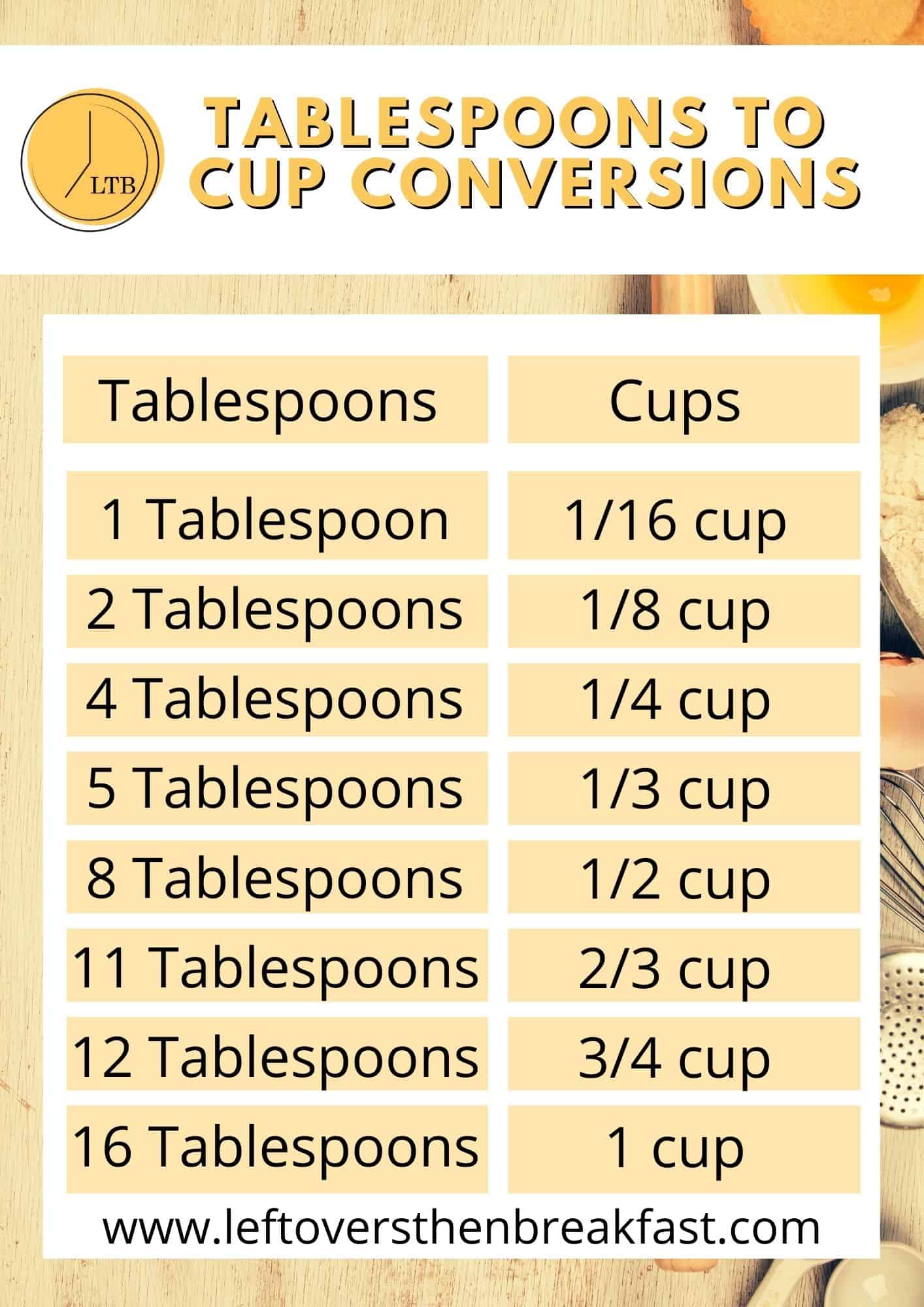Understanding kitchen measurements is crucial for both novice and experienced cooks. One common question that arises is: how many tablespoons in 1/3 cup? This article will delve into this query, providing a clear and precise answer, along with additional insights into kitchen measurements. Whether you’re baking a cake or preparing a savory dish, knowing your measurements can make all the difference. Let’s dive in!
Key Takeaways
- 1/3 cup equals 5 tablespoons and 1 teaspoon.
- Accurate measurements are essential for successful cooking and baking.
- Understanding conversions can save time and improve recipe outcomes.

Understanding Kitchen Measurements
Cooking and baking are both sciences and arts. Precision in measurements can significantly impact the final product, making it crucial to understand common conversions. One such conversion is determining how many tablespoons in 1/3 cup. This knowledge is vital for scaling recipes up or down, especially when you don’t have the exact measuring tools on hand.
Basic Measurement Conversions
Before diving into the specific conversion of 1/3 cup to tablespoons, let’s review some basic kitchen measurement conversions:
- 1 cup = 16 tablespoons
- 1/2 cup = 8 tablespoons
- 1/4 cup = 4 tablespoons
- 1 tablespoon = 3 teaspoons

How Many Tablespoons in 1/3 Cup?
To answer the primary question: there are 5 tablespoons and 1 teaspoon in 1/3 cup. This conversion is particularly useful when you need to adjust a recipe or when you don’t have a 1/3 cup measuring tool available.
Breaking Down the Conversion
Here’s a step-by-step breakdown of the conversion process:
- Start with the basic knowledge that 1 cup equals 16 tablespoons.
- Since 1/3 cup is one-third of a cup, divide 16 tablespoons by 3.
- This calculation gives you approximately 5.33 tablespoons.
- Since it’s easier to measure in whole and partial tablespoons, convert the decimal to teaspoons. There are 3 teaspoons in a tablespoon, so 0.33 tablespoons equals 1 teaspoon.
- Therefore, 1/3 cup equals 5 tablespoons and 1 teaspoon.
Why Accurate Measurements Matter
Accurate measurements are the backbone of successful cooking and baking. Here’s why:
Consistency
Consistent measurements ensure that your dishes turn out the same every time you make them. This is especially important in baking, where precision is key to achieving the desired texture and flavor.
Scaling Recipes
When scaling recipes up or down, knowing the exact conversions helps maintain the balance of ingredients. This is crucial for preserving the intended taste and texture of the dish.
Ingredient Ratios
Understanding measurements helps maintain the correct ratios of ingredients. For example, too much flour can make a cake dense, while too little can cause it to collapse.
Practical Tips for Measuring Ingredients
Here are some practical tips to ensure you’re measuring ingredients accurately:
Use the Right Tools
Invest in a good set of measuring cups and spoons. Liquid and dry ingredients should be measured with the appropriate tools designed for each type.
Level Off Ingredients
When measuring dry ingredients, use a straight edge, such as a knife, to level off the top. This ensures you’re not adding extra, which can affect the recipe.
Measure Liquids at Eye Level
When measuring liquids, place the measuring cup on a flat surface and check the measurement at eye level to ensure accuracy.
Common Kitchen Measurement Questions
Here are answers to some other common kitchen measurement questions:
How Many Tablespoons in 1/4 Cup?
There are 4 tablespoons in 1/4 cup.
How Many Tablespoons in 1/2 Cup?
There are 8 tablespoons in 1/2 cup.
How Many Tablespoons in 1 Cup?
There are 16 tablespoons in 1 cup.
Understanding how many tablespoons in 1/3 cup is a fundamental kitchen skill that can enhance your cooking and baking experiences. By knowing that 1/3 cup equals 5 tablespoons and 1 teaspoon, you can confidently adjust recipes and ensure accurate measurements. Remember, precision in the kitchen leads to consistent and delicious results. Happy cooking!


